The Heston class, although now largely forgotten, was the leading Cruiser type in the four years war. Although not as powerful as the Constitution in terms of engines, it made up for that with its greater firepower and overlapping arcs of fire.
Advances in Klingon Ship design and weaponry capability led to concerns amongst some elements of Starfleet in the early 2240s. It was planned that the Constitution class would form the vanguard of Starfleet’s strength after they began commissioning in 2245, but the dual role nature of the design led to the military capabilities being reduced to allow for science and exploration capability. Additionally the advanced sensors and science instrumentation fitted meant that the class was prohibitively expensive to procure in quantity.
To counter this problem Military Operations Command pushed for a cheaper military roled heavy cruiser, which would dispense with th e extensive science equipment of the Constitution class, this ship became the Heston class. The first Heston class ship commissioned in 2249; it was in many ways a more heavily armed variant of the Constitution class design. Superficially, the ships looked similar, but externally, and internally there were a number of changes.
The Heston mounted the FWD-1 warp drive, as opposed to the FWC-1 of the Constitution. The only way to fit the required weapon load in the class was use the lighter warp drive which additionally was 20% cheaper than the FWC-1. of the ship. The cost of this change was that the Heston class was always short of power, but to remedy this the class was fitted with the revolutionary FSI shield generator, the first trinary shield generator. Because of leaving out the science facilities of the Constitution class, the ships had the capability to carry 200 marines as well as fighter craft and assault shuttles. It had been planned to make the ship larger, but suitable impulse drives were not available to power ships of more than class XI until 2256.
The Mark 2 Heston of 2253 was perhaps the ultimate laser equipped warship to serve in Starfleet. She adopted the new FWE-2 warp drive, which allowed additional structural reinforcing due to its lower weight, as well as being both more efficient and more powerful. All 7 surviving Mk 1s were upgraded to this standard. The Mark 2 was designed purely to counter the D10 class Cruiser.
Postwar the ships were deemed obsolete due to their reliance on lasers, and the lower power of the warp drives. Additionally the single role nature of the vessels meant that they could not be redeployed on exploration duties, which made them less attractive for refits than the Constitution class ships.
In another blow to the future of the Heston class, the Federation Class usurped the military role of the class, the Federation class was essentially a Heston class hull with the addition of a third nacelle. A limited refit was carried out in 2257, when three ships gained FWD-2 warp drives, but this was only a temporary reprieve, as the lasers and accelerator cannons were not replaced. USS Heston became flagship of the Federation reserve fleet in 2258, just 9 years after commissioning. Subsequently it was decided that the Heston class spaceframes could be most effectively used if refitted to Federation Class Dreadnought specifications.
To this end, all 13 surviving vessels were mothballed or in reserve by 2260. From 2266 onwards 12 of the 13 survivors were stripped back to their spaceframes with the intention of being be rebuilt to Federation class specifications, however when the Federation class production was halted early these hull were scrapped or expended as targets.
The USS Heston (NCC-1685) was the only ship not scrapped, and was later allocated for display purposes. She is still in the Starfleet Museum today.



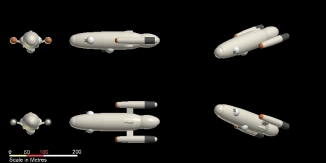

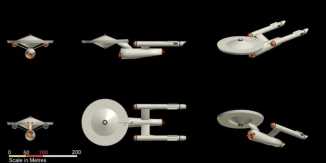

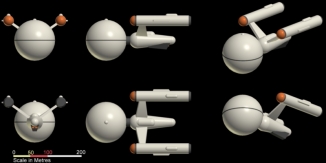

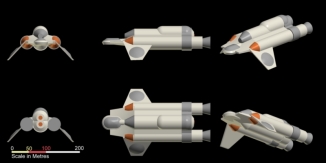



 Commissioned Ships
Commissioned Ships
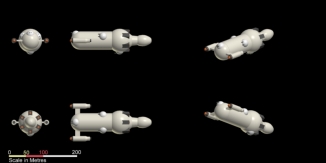

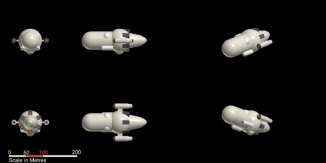
You must be logged in to post a comment.